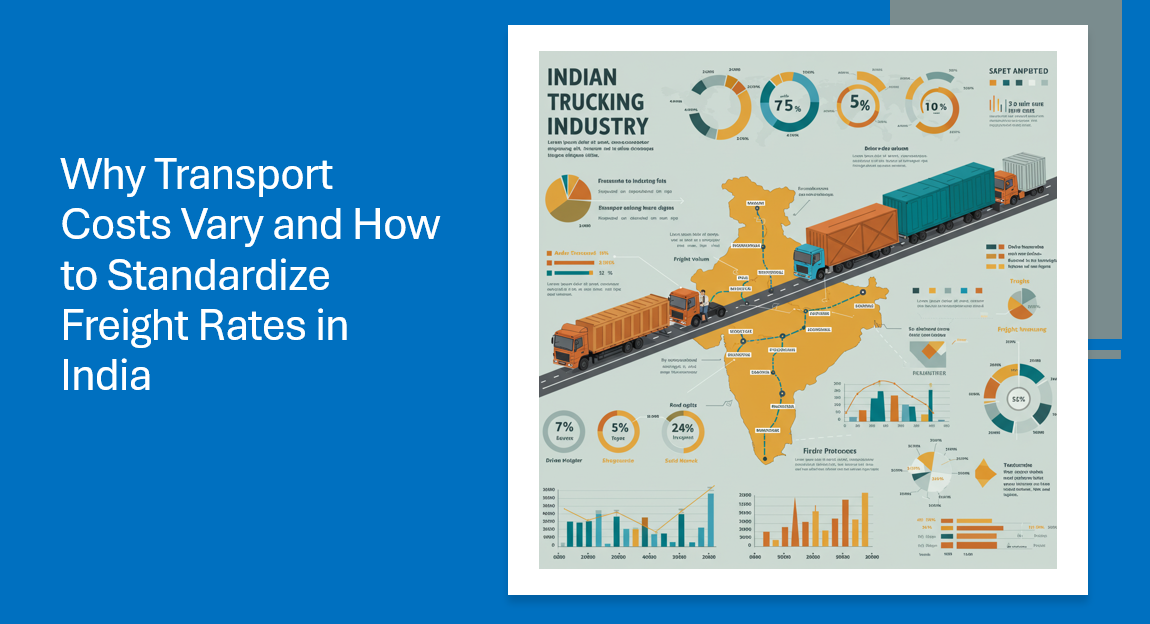In the fast-paced world of freight forwarding, clear and professional communication is crucial. Whether dealing with clients, shipping lines, customs officials, or internal teams, emails serve as a vital tool for efficiency and professionalism. Poor email etiquette can lead to misunderstandings, delays, and even lost business. Here’s a guide to best practices for email communication…
In the fast-paced world of freight forwarding, clear and professional communication is crucial. Whether dealing with clients, shipping lines, customs officials, or internal teams, emails serve as a vital tool for efficiency and professionalism. Poor email etiquette can lead to misunderstandings, delays, and even lost business. Here’s a guide to best practices for email communication in the freight forwarding industry.
1. Use a Professional Email Address
Ensure that all business correspondence is sent from a professional email address (e.g., john.doe@company.com). Avoid using personal or informal email addresses for official communication.
2. Craft a Clear and Concise Subject Line
The subject line should provide a brief and accurate summary of the email’s purpose. Examples include:
- “Shipment Update: BL#123456 – ETA 15th April”
- “Urgent: Customs Clearance Required for Container #XYZ”
- “Rate Inquiry: 40′ HC Container – Shanghai to Chennai”
A well-structured subject line helps recipients prioritize and respond promptly.
3. Address the Recipient Appropriately
Begin with a proper salutation, addressing the recipient by their name and title when applicable:
- “Dear Mr. Sharma,” (formal)
- “Hi Lisa,” (semi-formal, depending on your relationship with the recipient)
- Avoid generic greetings like “Hey” or “Hi there,” which can seem unprofessional.
4. Maintain a Professional Tone
Freight forwarding involves dealing with multiple stakeholders, often across different time zones. A polite, professional tone fosters good relationships. Avoid slang, overly casual language, or excessive punctuation (e.g., “!!!”).
Example of a professional tone: “We would like to confirm the shipment details for BL#123456. Please find the attached documents for your reference. Kindly acknowledge receipt.”
5. Be Clear and Concise
Freight forwarding involves complex logistics, but emails should remain straightforward and to the point. Use bullet points or numbered lists for clarity when listing multiple items or steps.
Example: “Please find the shipping details below:
- Vessel Name: MSC Harmony
- ETD: 10th May 2025
- ETA: 25th May 2025
- POL: Shanghai
- POD: Chennai”
6. Attach Relevant Documents and Reference Them in the Email
Ensure that all necessary documents (BL, invoices, packing lists, etc.) are attached before hitting send. Mention the attachments within the email to avoid confusion.
Example: “Attached are the BL and invoice for your reference. Please confirm receipt.”
7. Use a Professional Signature
A well-structured email signature should include:
- Your full name
- Job title
- Company name
- Contact details (email, phone, and office address)
- Company website (if applicable)
Example: John Doe
Operations Manager
XYZ Freight Services Pvt Ltd
Email: john.doe@xyzfreight.com
Phone: +91 98765 43210
Website: http://www.xyzfreight.com
8. Reply Promptly and Acknowledge Emails
Timely responses are crucial in logistics. If an immediate reply isn’t possible, acknowledge the email and provide an estimated response time.
Example: “Thank you for your email. We are reviewing the details and will get back to you by EOD.”
9. Proofread Before Sending
Errors in emails can lead to misunderstandings, especially in freight forwarding where precise details matter. Always proofread for grammar, spelling, and factual accuracy.
10. Use CC and BCC Wisely
- Use CC (Carbon Copy) to keep relevant stakeholders informed without requiring action from them.
- Use BCC (Blind Carbon Copy) to maintain recipient privacy when sending bulk emails.
11. Avoid Overuse of “Urgent” and “High Priority” Tags
While some emails are genuinely urgent, overusing priority flags can reduce their effectiveness. Reserve these for critical situations only.
12. Follow Up Politely
If you don’t receive a response within a reasonable time, send a polite follow-up email instead of resending the original message.
Example: “Dear [Name], Just following up on my previous email regarding [topic]. Kindly let me know if you need any further details. Looking forward to your response.”
Conclusion
Professional email communication in freight forwarding ensures smooth coordination and minimizes errors. By following these best practices, logistics professionals can enhance efficiency, build strong business relationships, and maintain a reputation for reliability and professionalism.
By incorporating these email etiquette rules into daily operations, freight forwarding companies can streamline communication, avoid costly errors, and foster better business relationships globally.







Leave a Reply